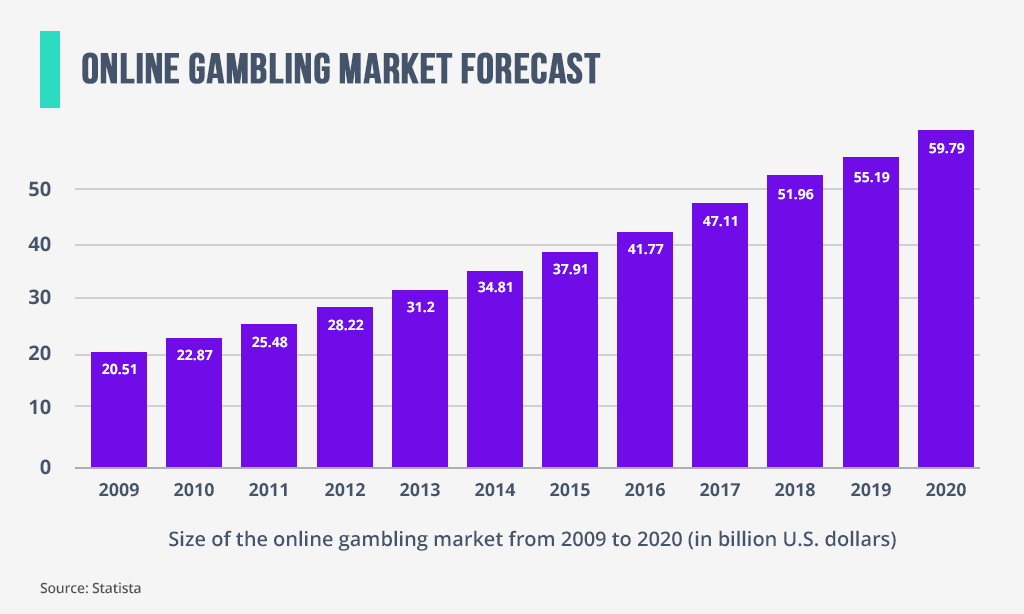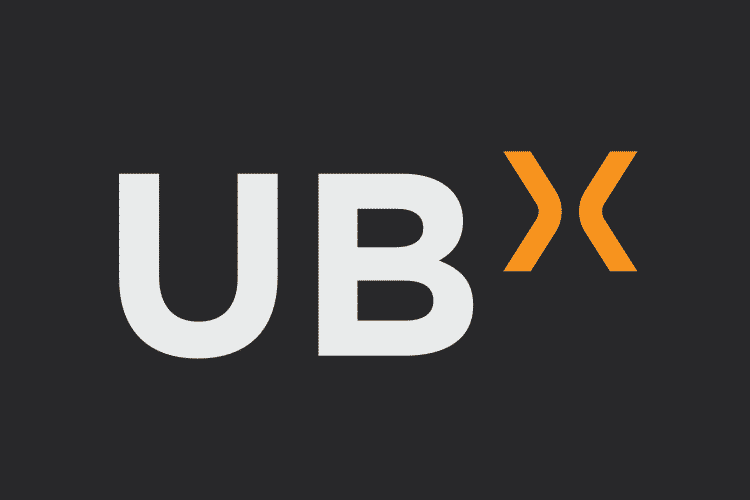Most news cycles only last a few days. Major events may capture the readers’ attention for perhaps a week or two before they are demoted to the inside pages only to drop out altogether a few days later. The intensity of news coverage is also inversely proportional to the distance of the unfolding story. A major crisis in a faraway place usually merits the same amount of column inches as a minor local hiccup.
Those editorial facts of life no longer seem to apply. Nearing its seventh week, the corona pandemic’s news cycle shows no signs of fizzling out. Its global nature and many vectors push out most other topics. Suddenly it seems that all other news is either inexistent or irrelevant. Surveys ordered by major newspapers show that readers have not yet reached their saturation point. In fact, consumers demand more coverage of the issue that will undoubtedly come to define a new era.
Quality papers such as The Times and The Guardian in the UK, and the New York Times in the US, report large spikes in the number of online visitors. Many newspapers have also seen a significant increase in the demand for online subscriptions. However, most industry analysts agree that, rather perversely, the virus may turn out to be the last nail in the coffin of newsprint.
Publishers may derive some solace from the fact that the death of the printed newspaper has been prematurely announced a great many times before. Radio was supposed to have finished them off. When that didn’t happen, television was identified as the undertaker. It was only the arrival of the internet, and the advent of ‘free’ news, that managed to chip away at the throne newspapers had occupied for centuries.
In times of trouble such as these, most consumers instinctively turn to newspaper for the real story. The medium, often ridiculed and dismissed as a throwback to former times, still boasts the largest newsrooms that are invariably inhabited by the most talented journalists, writers, and editors available.
The welcome increase in the volume of paid subscriptions is probably not enough to compensate for the loss of advertising revenue. As the Corona Recession deepens, newspapers, whilst still standing at the pinnacle of the Fourth Estate, need help. Mindful of conflicts of interests, governments should probably not want to directly subsidise the industry. They can, however, put legislation in place to force social media freeloaders to pay properly for content generated by news organisations.
Australia is doing just that. The country’s Competition and Consumer Commission is putting the finishing touches on a code of conduct that will force Facebook, Google, and other tech giants to pay for content they now either nick or acquire for pennies. France is set to follow the Australian example ‘tout suite’. The preservation of industries that are deemed vital to the functioning of society is currently much in vogue. The news business is such an industry.





